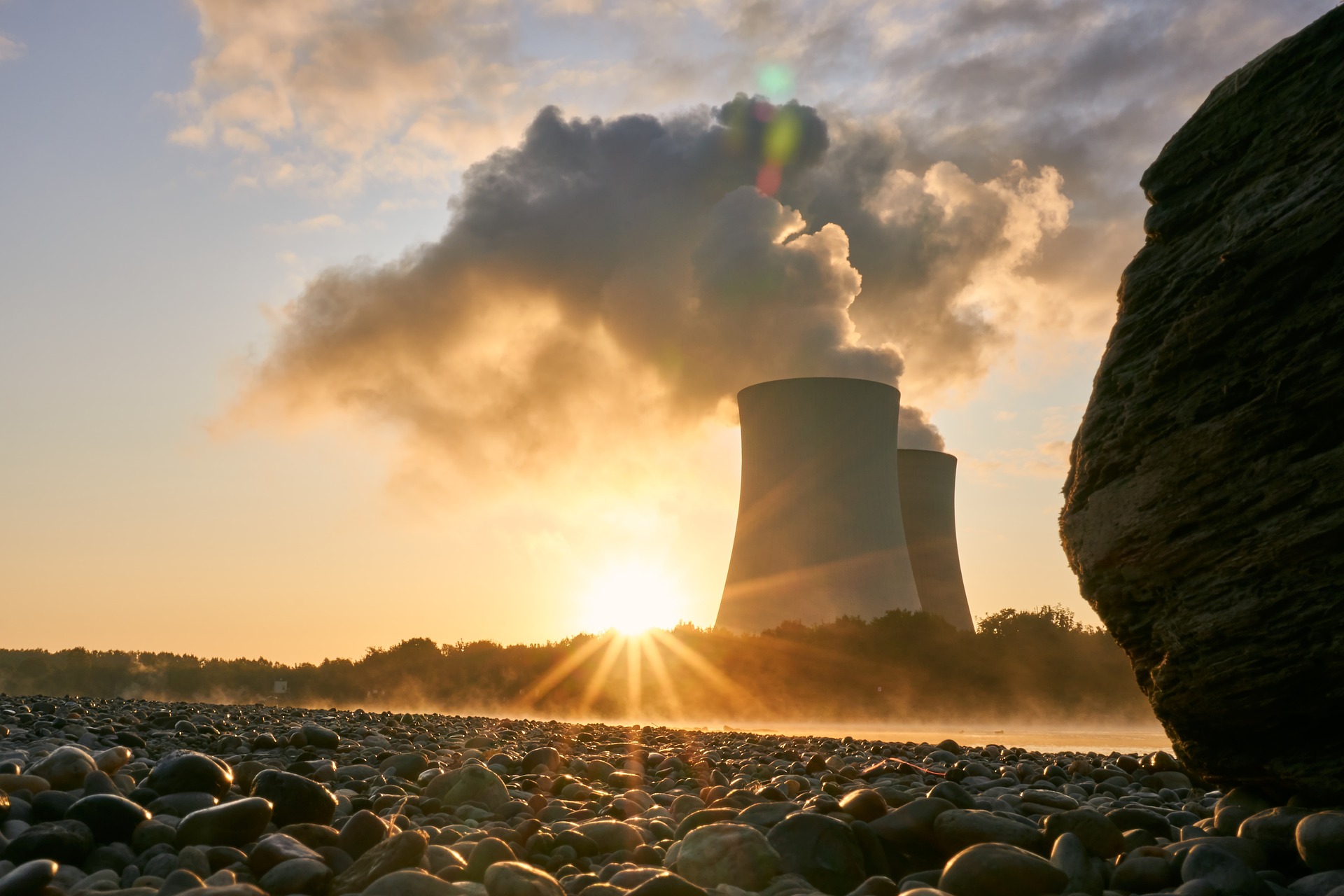The future and long-term success of Japan’s nuclear power industry hinges not only on developing cutting edge, next-generation technology, but also on events taking place in a small fishing village in northeast Japan.
Construction of the Rokkasho nuclear fuel reprocessing plant in Aomori Prefecture on the Pacific Ocean coast is central to Japan’s nuclear fuel cycle policy. If construction is ever completed it will be the nation’s main facility processing nuclear waste disposal.
Work on the facility was launched in 1993 and it should have been completed in 1997. Yet, last month the project faced its 27th construction delay, and the operator, Japan Nuclear Fuel Ltd, said the plant’s completion will be postponed to 2026. Another two and a half years are needed to address issues related to Nuclear Regulation Authority regulatory reviews.
For decades, nuclear power energy was a strategic priority in Japan. The country’s first nuclear power plant launched in 1966, and by March 2011, nuclear power accounted for about 30% of Japan’s electricity production, with plans to boost that to 40%. The Fukushima disaster, of course, changed all that. For ten or so years since, the sector languished but power shortages and a desire to add cheaper, CO2-free generation to the grid has brought nuclear back into public favor. Whether it can stay there will depend on what happens when nuclear fuel is spent.
Unlike coal-fired and natural gas-fired power plants, nuclear power plants face the disposal and long-term storage of their fuel – which becomes nuclear waste. Japan is still unable to sufficiently resolve this issue, and until a solution is found that satisfies all stakeholders.
Japan NRG takes a closer look at the challenges and what solutions are possible for the disposal, storage and processing of spent nuclear fuel.

